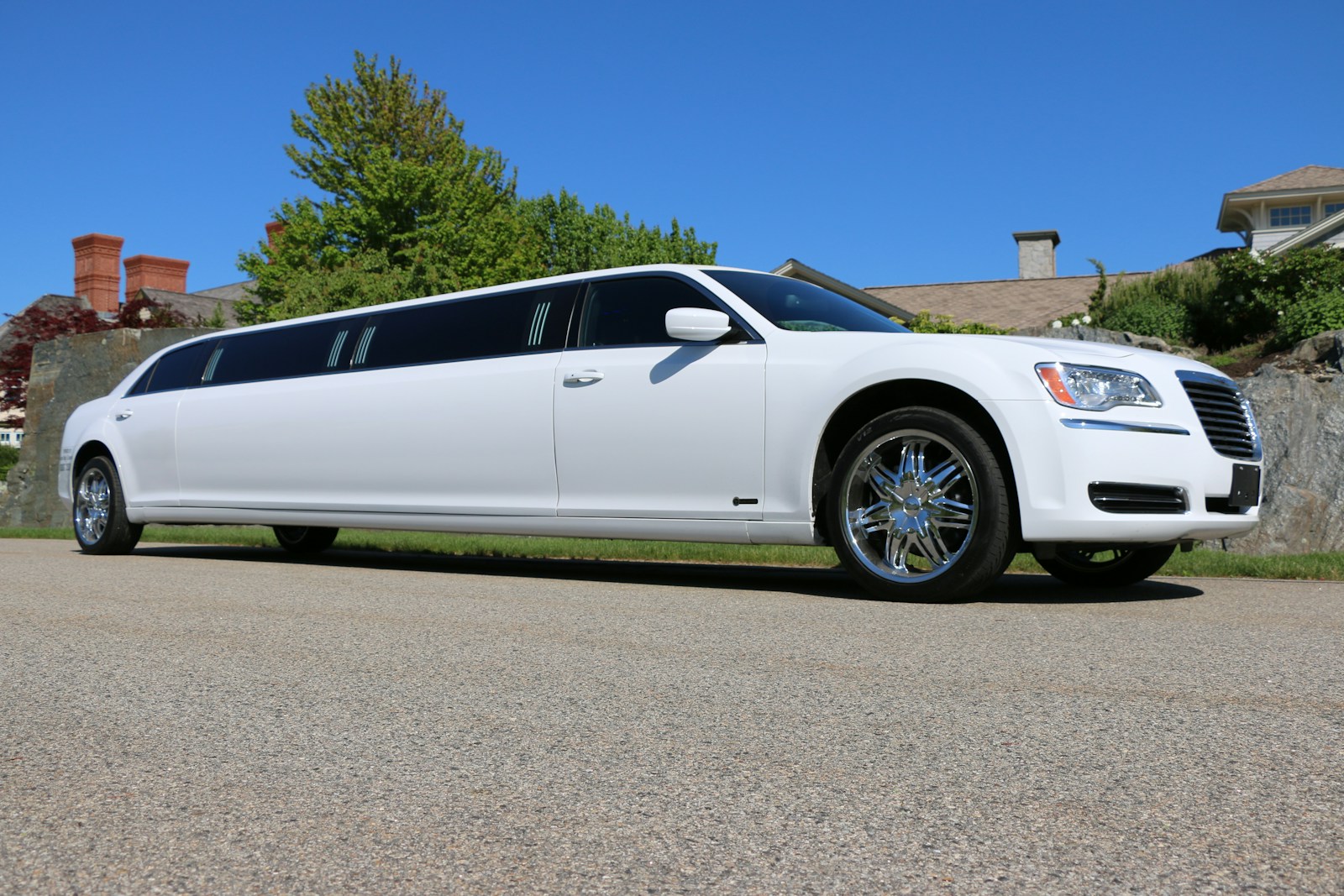Making a memorable speech isn’t just about sharing information. It’s about creating an experience for your audience using story, emotion, and delivery. Hollywood movies are engaging because they mix storytelling techniques, can move our emotions, and feature dynamic performances. By taking a few lessons from the big screen, you can make your presentations stand out and really stick with listeners.
Tell Stories That Draw People In
Movies captivate people by telling great stories. They introduce interesting characters, pose challenges, show how these are overcome, and wrap it all up with satisfying resolutions. Speeches can do this too! Don’t just list facts or data. Try to wrap your ideas into a story. Begin your speech with something that grabs attention. This could be an astonishing fact, a striking question, or a personal story that helps listeners relate right away.
When you share stories, give your audience people, scenes, or problems they can picture. Talk about real people—your coworkers, customers, or anyone relevant—to add colour and meaning to your facts. Use dialogue or details that make your story come alive. In the same way Hollywood helps people connect with movie characters, doing this in your speech can make your message much more moving and easy to remember.
Use Drama and Rhythm to Keep Interest High
Some of the most memorable movie lines and speeches are so effective because of their poetic qualities. They often repeat important ideas, follow a certain rhythm, or make clever use of the way words sound together. These poetic techniques don’t just sound nice; they make your message easier to recall later on.
Try to repeat big ideas during your speech. Use simple techniques like repeating a key word or phrase. Mix in things like parallel structure (saying similar parts in a catchy way), alliteration (using words starting with the same letter), and speaking in a rhythmic way. Make your speech feel almost musical. These tools grab attention and help your message linger in minds long after your presentation is over.
Deliver Like an Actor
How you say something is almost as important as what you say. Great actors know how to use their whole body to enhance their lines—adding facial expression, gestures, changes in speed, and shifts in emotion. You can do much the same in your speech.
Vary the speed of your delivery. Slow down when you want important points to stand out and speed up when sharing exciting moments. Adjust your volume for key ideas, and don’t be afraid to pause for a few seconds here and there to let a message sink in or to build suspense. Using your hands and facial expressions well makes your delivery much more engaging.
The more natural and authentic your delivery feels, the more credible you appear to your listeners. It’s a good idea to rehearse your speech, like an actor practicing lines, until you’re comfortable and confident without seeming rehearsed or stiff.
Keep the Energy Fresh by Changing Scenes
In movies, scenes change to keep viewers alert. You can shift gears in your speech too. Bring in new examples, stories, or statistics to refresh your audience’s attention just when their interest begins to flag.
Think about the flow of your speech. Insert lighter moments after serious ones, or move to a new story or point to pick enthusiasm back up. Use pauses or subtle changes in tone at key moments. This prevents your presentation from dragging and keeps people focused from beginning to end.
Add Humor and Surprise
Film directors know people love to laugh and be surprised. When used at the right moment, a lighthearted story, a bit of gentle self-mockery, or an unexpected turn can relax a crowd, reset the mood, and lock in their attention.
Try opening or transitioning to new topics with a fun comment or surprising fact. Make the audience chuckle to show you don’t take yourself too seriously, or give them an ‘aha’ moment with a fact they didn’t see coming. These small moments form strong memories and invite your listeners to emotionally connect with you.
Structure Your Speech Like a Pro
Good movies don’t just wing it, and neither should good speeches. Successful presentations have a solid backbone—a clear goal, insight into the audience, awareness of your own style, well-crafted content, lots of practice, and, finally, a plan for follow-up. If you create your speech using a framework—step by step from forming ideas to rehearsing delivery—your presentation will work like a finely tuned film script. Starting with a main message, understanding your listeners, and refining how you get your ideas across leads to polished, powerful speeches.
Lessons from Hollywood Award Acceptance Speeches
Remember those heartwarming or funny Oscar speeches? Many start with a joke or brutally honest line right at the start. Winners admit nerves, show their genuine side, and clip their comments to just a few minutes. They finish strong with a quick thank you or a heartfelt call to action.
You can do the same—keep things short but meaningful. A little humor can work wonders, making you appear more relatable while letting everyone take a breath. Aim to connect at the start, keep things real and skip any rambling at the end.
Borrowing methods from Hollywood can push your next presentation from average to outstanding. Storytelling, poetic speaking, energetic delivery, and solid prepping come together to engage, inspire, and delight audiences just as a good film would.
Carefully plan and rehearse your presentation to get the most out of these techniques. When you blend heartfelt stories and expressive delivery with a strong, clear structure, you’re not just delivering information—you’re giving your audience an experience. Let your speech shine like the ending of a favorite movie, leaving people impacted and inspired long after it’s over.












